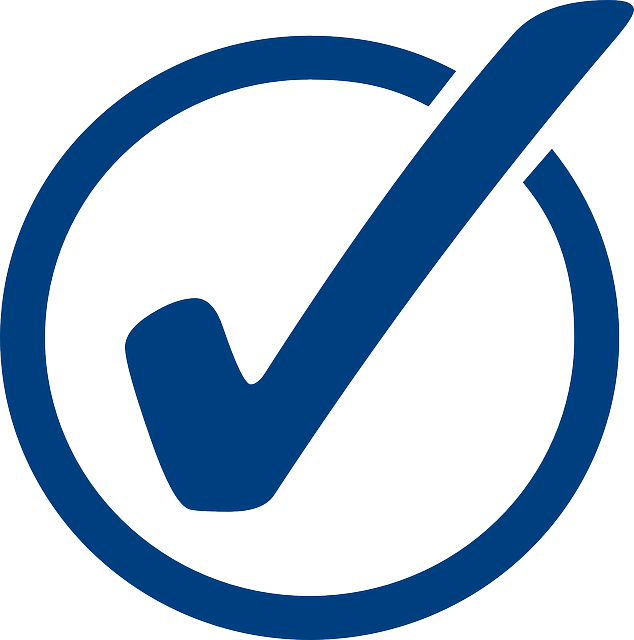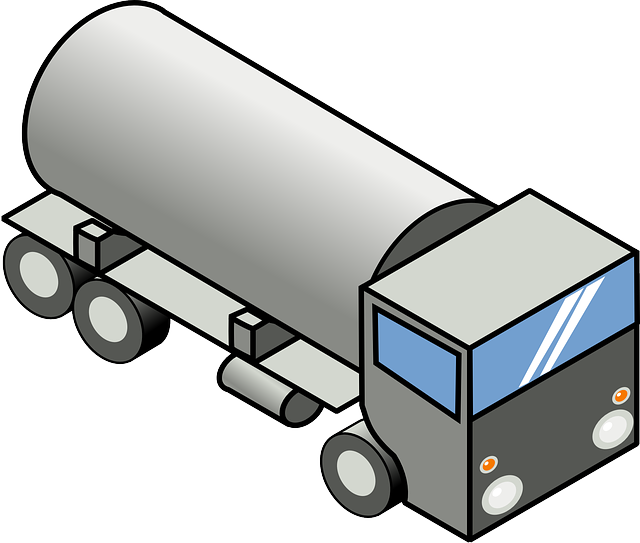Equipment loans provide businesses with access to capital for machinery and tech upgrades, but require thorough documentation, including financial statements, business licenses, permits, tax returns, and equipment specifications. Lenders assess creditworthiness based on revenue, cash flow, and debt, so responsible borrowing and repayment are crucial for maintaining a positive financial reputation. To secure these loans, businesses must demonstrate robust financial health through accurate records and strategic planning, ensuring a seamless application process.
In today’s competitive business landscape, securing equipment loans can be a game-changer. Understanding how these loans impact your business credit is crucial for long-term success. This article guides you through the process of preparing for an equipment loan, focusing on key documentation requirements and strategies to enhance your business creditworthiness. By optimizing these aspects, businesses can streamline the loan process, secure funding faster, and drive growth with confidence. Essential documentation needed includes financial statements, business plans, and collateral details – let’s dive into how to prepare them effectively.
- Understanding Equipment Loans and Their Impact on Business Credit
- Key Documentation Requirements for Equipment Loan Applications
- Building a Solid Foundation: Enhancing Business Creditworthiness
- Strategies to Streamline the Loan Process and Secure Funding
Understanding Equipment Loans and Their Impact on Business Credit

Equipment loans are a significant financial tool for businesses seeking to acquire or upgrade essential machinery and technology. These loans cater specifically to the unique needs of purchasing large-scale assets, allowing companies to access capital for equipment that can drive productivity and growth. Understanding how equipment loans function is crucial in navigating the process of securing business credit for such purposes.
When applying for an equipment loan, businesses must be prepared to provide detailed documentation outlining their financial standing and the purpose of the loan. Lenders will assess the creditworthiness of the borrower based on factors like revenue, cash flow, and existing debt obligations. The impact of an equipment loan on business credit is twofold: it can enhance credit profiles by demonstrating responsible borrowing and timely repayment, but it also increases debt, which must be managed carefully to maintain a positive financial reputation.
Key Documentation Requirements for Equipment Loan Applications

When applying for an equipment loan, having comprehensive and accurate documentation is essential to a smooth process. Lenders will require specific documents to assess the creditworthiness of the business and the value of the equipment being purchased. The key documentation requirements often include financial statements such as profit and loss reports, balance sheets, and cash flow projections. These provide insights into the company’s financial health and stability.
Additionally, lenders may request business licenses, permits, and registration documents to verify the legality and legitimacy of the business. Personal financial disclosures from owners or guarantors are also common, offering a deeper look at individual assets and liabilities. Other relevant documentation could be tax returns, business insurance policies, and detailed equipment specifications, especially for specialized machinery or vehicles. Ensuring these are readily available can expedite the loan application process.
Building a Solid Foundation: Enhancing Business Creditworthiness

Building a strong foundation is essential when preparing for equipment loans. Business creditworthiness plays a pivotal role in securing favorable loan terms and conditions. Lenders assess your company’s financial health, history, and stability before approving any financing. To enhance your business creditworthiness, ensure you have accurate and up-to-date financial records, including bank statements, tax returns, and profit-loss statements. These documentation pieces provide a clear picture of your business’s financial performance, allowing lenders to evaluate your ability to repay loans effectively.
Moreover, maintaining consistent accounting practices, keeping detailed transaction records, and regularly reviewing credit reports are crucial steps. Lenders will request comprehensive documentation needed during the loan application process, so having these documents readily available demonstrates professionalism and prepares you for a smooth borrowing experience. Effective financial management and transparent record-keeping foster trust with lenders, increasing your chances of securing equipment loans at competitive rates.
Strategies to Streamline the Loan Process and Secure Funding

Preparing for an equipment loan requires a strategic approach to streamline the process and increase your chances of securing funding. One key aspect is ensuring you have all the necessary documentation in order. This includes business registration documents, financial statements like profit-and-loss reports and balance sheets, and tax returns. Lenders want to see a clear picture of your business’s health and stability, so accurate and up-to-date records are essential.
Additionally, having a well-defined plan for how the equipment will be used within your business demonstrates responsible borrowing practices. Lenders often require detailed proposals outlining operational procedures and expected returns on investment. Being prepared with these strategies not only speeds up the loan application process but also showcases your professionalism and commitment to managing debt effectively.














